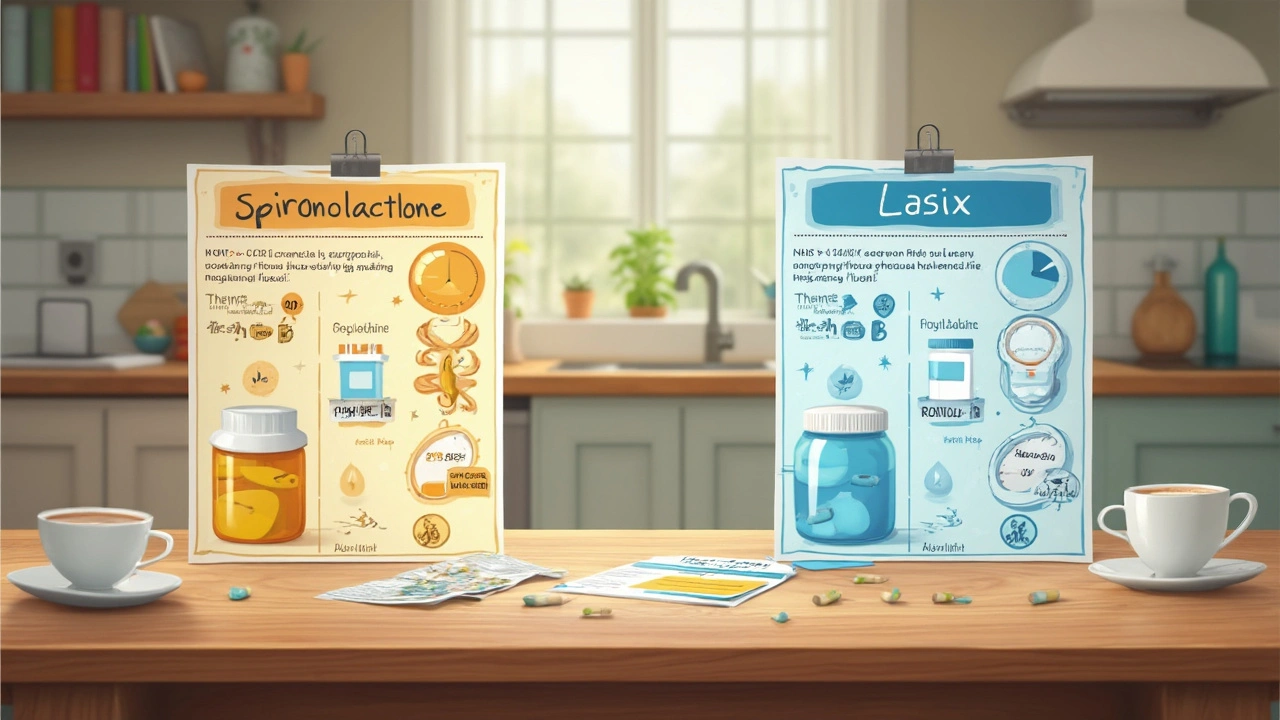Dosing Guide – Find the Right Dosage for Your Medications
Ever wondered why two people can take the same pill but feel totally different? The answer is often the dose. Getting the right amount of a drug is the single most important step to make it work and keep side effects low.
Key Factors That Influence Dosing
First off, age matters. Kids, adults, and seniors process drugs at different speeds, so a dose that’s safe for a 30‑year‑old could be too strong for an 80‑year‑old. Weight is another big one – many prescriptions are calculated per kilogram, especially for antibiotics like Suprax (cefixime) or antipsychotics such as Haloperidol. Your kidney and liver health also play a role; impaired organs can’t clear the drug fast enough, leading to buildup.
Other factors include other meds you’re taking, because drugs can boost or block each other's effects. For example, mixing butylscopolamine with certain antihistamines can increase dryness. Genetics even affect how quickly your body breaks down a medication, which is why some people need higher doses of antidepressants like Lexapro while others feel fine on the lowest pill.
Practical Steps to Get the Correct Dose
1. Read the prescription label carefully. It tells you how many milligrams (mg) per tablet, how often to take it, and for how long. If anything looks unclear – like “take one tablet twice daily” but the tablet is 20 mg and the usual dose is 10 mg – call your pharmacist right away.
2. Use a dosing calculator or app. Many online tools let you plug in weight, age, and kidney function to get a personalized recommendation. This works well for drugs with narrow therapeutic windows such as Warfarin or antiepileptics like Levetiracetam.
3. Start low, go slow. For new prescriptions, doctors often begin with the smallest effective dose and increase gradually. This approach lets you see how your body reacts before hitting a higher amount.
4. Keep a dosing diary. Write down what you take, when, and any side effects you notice. Over time you’ll spot patterns – maybe a headache shows up only when you miss your midday dose of Effexor XR.
5. Talk to professionals before changing anything. Even if you feel fine, never double‑up because you missed a pill without confirming it’s safe. Pharmacists are great at spotting interactions – ask them about combining Oxybutynin with other bladder meds or supplements like omega‑3s.
When you’re browsing our site, you’ll see dozens of articles that mention specific dosing tips for individual drugs – from the exact mg of Micronase needed to control blood sugar, to safe tapering schedules for antidepressants. Use those guides as a reference point, but always match them to your own prescription details.
Bottom line: correct dosing isn’t a guess; it’s a mix of personal data, clear instructions, and smart tools. Spend a few minutes double‑checking each new medication, keep notes, and don’t hesitate to ask questions. Your body will thank you with better results and fewer unwanted side effects.
Struggling to choose between Spironolactone and Lasix? This article breaks down how these popular diuretics work, their dosing differences, and what side effects to watch out for. You'll find surprising facts, useful comparison tables, and practical tips. Whether you're managing swelling, blood pressure, or a heart condition, this guide will help you make sense of the options. Get ready for a straightforward, honest look at what sets these two water pills apart.
Apr, 29 2025

